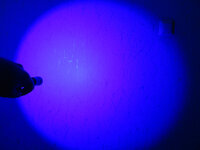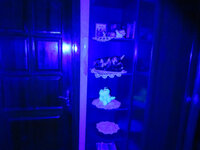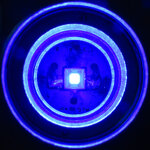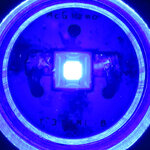Duster1671
Enlightened
- Joined
- Oct 16, 2017
- Messages
- 244
I think you're referring to electrical ground here. I was commenting on the mechanical grounding of the LE to the head, which I now realize is confusing and maybe esoteric terminology.Thanks for your observations and comments! The primary ground path is through the lip of the battery tube into the rear shoulder on the E-Can. The tight seat of MCPCB against the shoulder of the head is primarily intended as a thermal path from MCPCB to head.
This has to do with how force flows through the head components when the LE is tightened down. With a tight LE, the force in the threads needs to be balanced out with an equal-and-opposite force elsewhere on the LE. A head that uses a "stack-up" of parts transfers that force through the centering ring, reflector, window, and o-ring before making its way back to the "mechanical ground" of the head. In the Haiku, the force flows directly back into the head through the MCPCB.
The "stack-up" method works okay, but I'm more drawn to the way the Haiku does it. It has the advantage you noted of a good thermal path to the head, but also prevents excessive force at the emitter/reflector interface. I've made the rookie mistake of crushing the corners of an LED by tightening a pill down without having everything lined up correctly. That seems much less likely, if not entirely impossible, in the Haiku.








